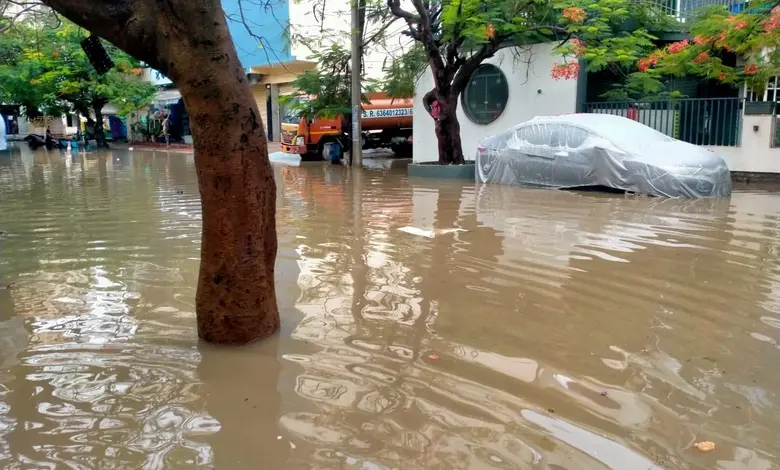Karnataka Eyes Ban on Basement Parking in Flood-Prone Bengaluru Amid Cost and Design Concerns

BENGALURU — In response to severe flooding that has repeatedly paralyzed Bengaluru, the Karnataka government is contemplating a ban on basement parking in areas susceptible to waterlogging. The proposal, announced by Deputy Chief Minister D.K. Shivakumar, follows a tragic incident in BTM Layout where two men, Manmohan Kamath and Dinesh, died due to electrocution while attempting to pump water from a flooded basement. The initiative aims to bolster the city’s resilience against urban flooding, but real estate experts warn it could drive up construction costs and pose significant design challenges.
Shivakumar, who also oversees Bengaluru’s development, stated during a visit to flood-affected areas that the government is exploring legal measures to prohibit underground parking in low-lying zones. “We’re planning to mandate parking at higher levels, above ground, to prevent water seepage and related hazards,” he told reporters. He emphasized the need for a policy shift, noting that similar tragedies, like one in Rajarajeshwari Nagar involving basement pumps, highlight the risks of current practices. The government has also pledged ₹5 lakh in compensation to the families of the deceased.
The recent deluge, which saw Bengaluru record 132 mm of rainfall overnight on May 19, exposed the city’s fragile infrastructure. From upscale residential areas to bustling tech corridors like Sarjapur Road and Mahadevapura, waterlogging disrupted daily life, with roads turning into rivers and commutes grinding to a halt. Bellandur faced severe flooding, exacerbated by ongoing restoration work at Bellandur Lake, where a temporary channel became a bottleneck, according to BBMP officials.
Real estate experts support the proposed ban for its potential to mitigate flood risks but caution about its economic and practical implications. “Banning basements makes sense for flood resilience, but its long-term feasibility is uncertain. Constructing basements is already costly roughly double the expense of ground floors but shifting parking to higher levels could further inflate costs due to the need for extended plumbing, elevators, and electrical systems. Design challenges also arise, as above-ground parking may require innovative solutions to maintain aesthetic appeal, such as façade elements like vertical gardens, as seen in cities like New York.
The government’s broader flood mitigation efforts include addressing 210 identified flood-prone areas, with 166 already resolved and work ongoing in 24 others, Shivakumar reported. Additionally, 197 km of stormwater drains have been constructed, and a ₹2,000 crore World Bank loan will fund further drainage improvements, including clearing encroachments along rajakaluves. Chief Minister Siddaramaiah, who joined Shivakumar in inspecting affected areas like HBR Layout, stressed that encroachments obstructing drains, such as at Manyata Tech Park, must be cleared immediately.
As Bengaluru grapples with its worsening flood crisis, the proposed ban signals a push for smarter urban planning. However, the balance between safety, cost, and design remains a critical challenge for the city’s future development.
